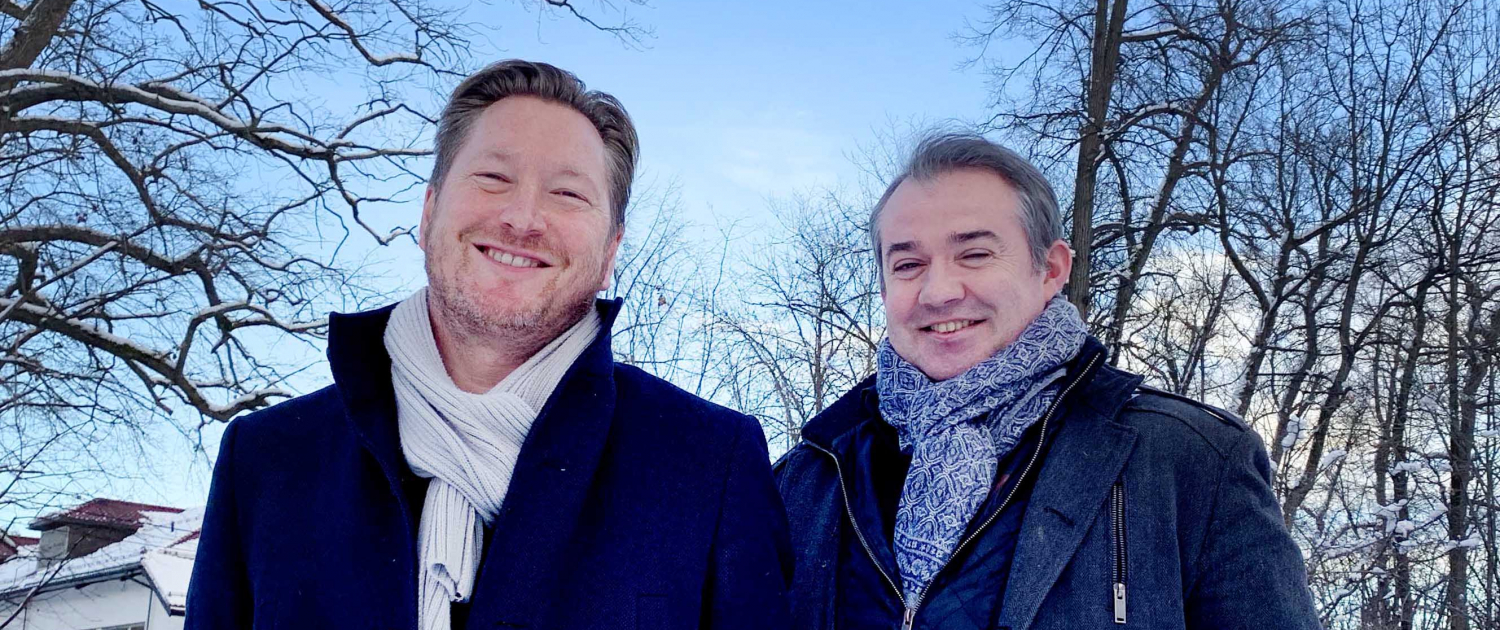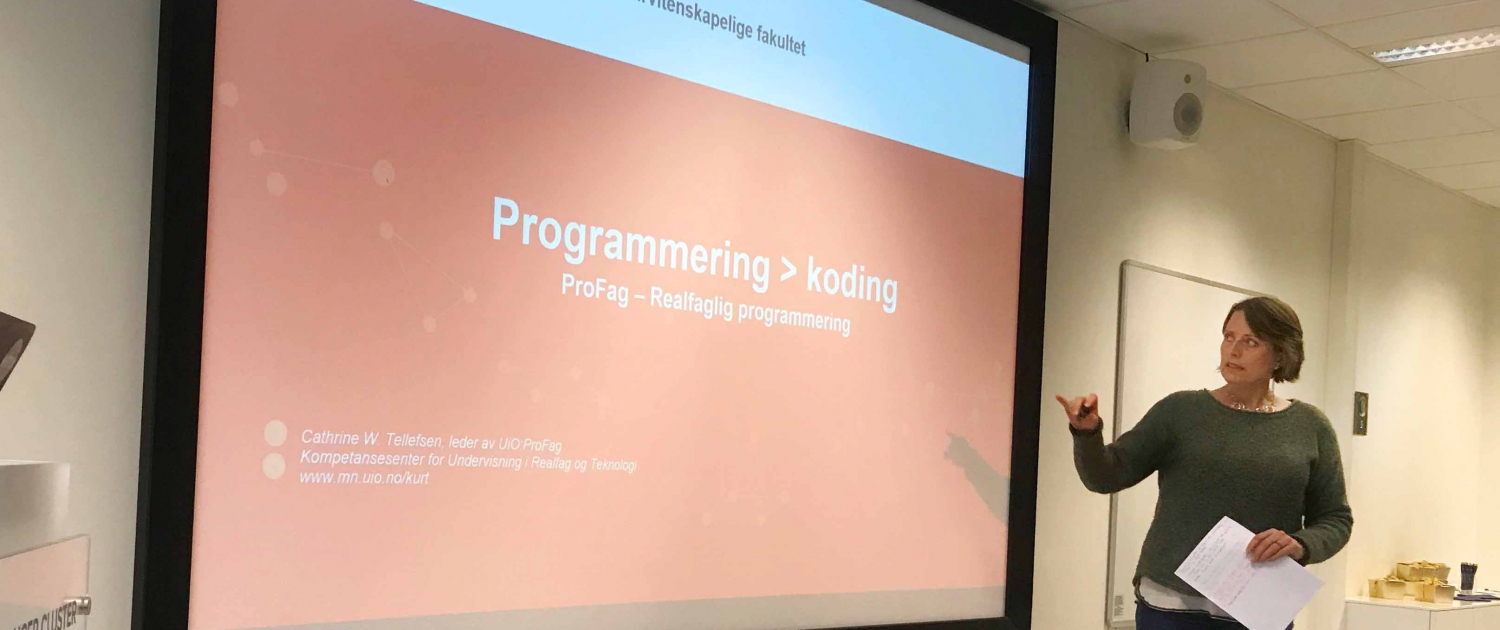Norwegian AI-based cancer research gets a boost

The Japanese tech giant NEC Corporation has acquired OncoImmunity AS, a Norwegian bioinformatics company that develops machine learning software to fight cancer.
This week, Oslo Cancer Cluster member OncoImmunity AS was bought by the Japanese IT and network company NEC Corporation. The company is now a subsidiary of NEC and operates under the name of NEC OncoImmunity AS. NEC has recently launched an artificial intelligence driven drug discovery business and stated in a press release that NEC OncoImmunity AS will be integral in developing NEC’s immunotherapy pipeline.
AI meets precision medicine
One of the great challenges when treating cancer today is to identify the right treatment for the right patient. Each cancer tumour is unique, and every patient has their own biological markers. So, how can doctors predict which therapy will work on which patient?
NEC OncoImmunity AS develops software to identify neoantigen targets for truly personalized cancer vaccines, cell therapies and optimal patient selection for cancer immunotherapy clinical trials. Neoantigen targets are parts of a protein that are unique to a patient’s specific tumor, and can be presented by the tumor to trigger the patient’s immune system to attack and potentially eradicate the tumor.
“The exciting field of personalized medicine is moving fast and becoming increasingly competitive. The synergy with NEC Corporation will allow us to make our technology even more accurate and competitive, as we can leverage NEC’s expertise in AI and software development and enable OI to deploy our technology on scale in the clinic due to their expertise in networks and cyber security,” said Dr. Trevor Clancy, Chief Scientific Officer and Co-founder.
“This acquisition gives us the opportunity to be a world leading player in this field and serve our Norwegian and international clients with improved and secure prediction technology in the medium to long term,” said Dr. Richard Stratford, Chief Executive Officer and Co-founder.
The rise to success
OncoImmunity was founded in 2014 and has been a member of Oslo Cancer Cluster since the early days of the start up. The co-founders Dr. Trevor Clancy and Dr. Richard Stratford said the cluster has been instrumental to their success and thanks the team for their advice and support from the very beginning of their journey:
“It is crucial with a technology like ours that we interact with commercial companies active in drug development, research, clinical projects, investors and other partners. Oslo Cancer Cluster is the perfect ecosystem in that regard as it provides the company with the networking and partnering opportunities that in effect support our science, technological and commercial developments.”
Mr. Anders Tuv, Investment Director of Radforsk, has been responsible for managing the sales process in relation to the Japanese group NEC Corporation on behalf of the shareholders. The shareholders are happy with the transaction and the value creation that was realised through it. Mr. Tuv commented:
“It is a huge recognition that such a global player as NEC sees the value of the product and expertise that have been developed in OncoImmunity AS and buys the company to strengthen their own investments in and development of AI-driven cancer treatment. It is also a recognition of what Norway is achieving in the field of cancer research, and it shows that Radforsk has what it takes to develop early-phase companies into significant global positions within the digital/AI-driven part of the industry. We believe that NEC will be a good owner going forward, and we wish the enterprise the very best in its future development.”
Medicine is becoming digital
NEC OncoImmunity AS is now positioned to become a front runner in the design of personalized immunotherapy driven by artificial intelligence. Dr. Trevor Clancy said that NEC and OncoImmunity share the common vision that medicine is becoming increasingly digital and that AI will play a key role in shaping future drug development:
“Both organizations believe strongly that personalized cancer immunotherapy will bring curative power to cancer patients, and this commitment from NEC is highlighted by the recent launch of their drug discovery business. The acquisition now means that both companies can execute on their vision and be a powerful force internationally to deliver true personalized medicine driven by AI.”
For more information, please visit the official websites of NEC Corporations and NEC OncoImmunity AS





